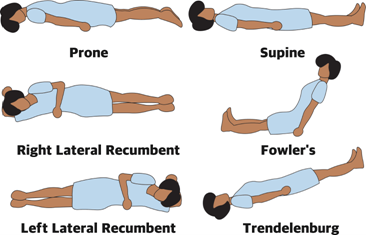A nurse is assessing a client for orthostatic hypotension. Which of the following actions should the nurse take first?
Check the blood pressure with the client in a supine position.
Place the client in a sitting position.
Assist the client into a standing position.
Determine the client’s blood pressure 1 min after each position change.
The Correct Answer is A
Orthostatic hypotension is defined as a decrease in blood pressure of 20 mm Hg or more systolic or 10 mm Hg or more diastolic within three minutes of standing from the supine position1. The first step in assessing a client for orthostatic hypotension is to check their blood pressure while they are lying down (supine position)

Nursing Test Bank
Naxlex Comprehensive Predictor Exams
Related Questions
Correct Answer is A
Explanation
The nurse should choose a finger with good circulation, as indicated by a capillary refill time of less than 2 seconds, to obtain an accurate oxygen saturation reading.
Correct Answer is B
Explanation
Turning the client to the side can help prevent aspiration while performing oral care on an unconscious patient.

Whether you are a student looking to ace your exams or a practicing nurse seeking to enhance your expertise , our nursing education contents will empower you with the confidence and competence to make a difference in the lives of patients and become a respected leader in the healthcare field.
Visit Naxlex, invest in your future and unlock endless possibilities with our unparalleled nursing education contents today
Report Wrong Answer on the Current Question
Do you disagree with the answer? If yes, what is your expected answer? Explain.
Kindly be descriptive with the issue you are facing.
